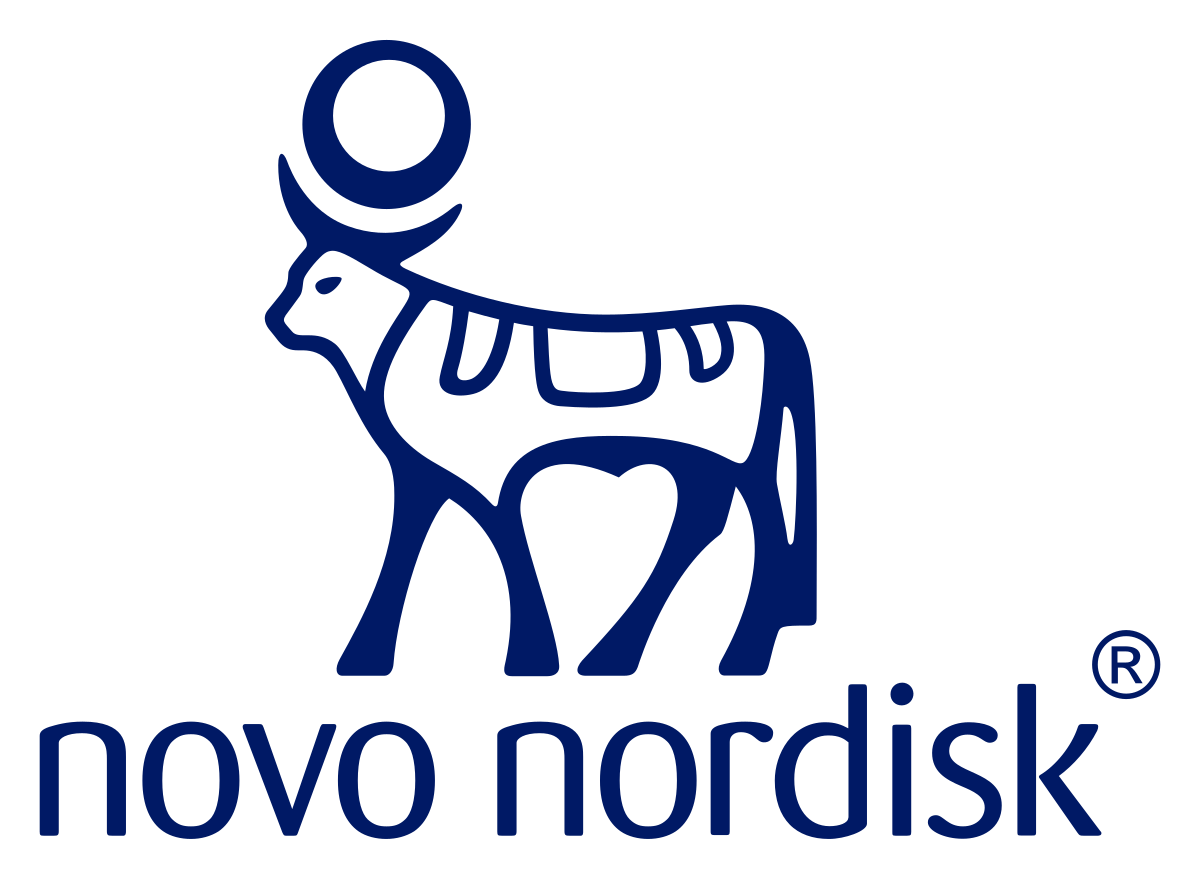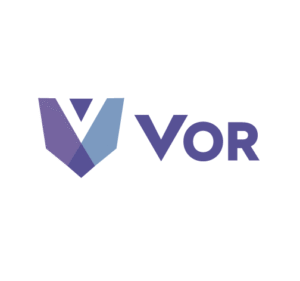- Novo Nordisk (NYSE:NVO) downgraded to “Sell” by DBS Bank amidst legal and competitive challenges.
- The company reported a 25% revenue growth in 2024, with a strong demand for GLP-1 diabetes drugs.
- Despite a 17% stock decline over the past month, Novo Nordisk’s market share in the GLP-1 sector slightly increased to 55.1%.
Novo Nordisk (NYSE:NVO) is a leading pharmaceutical company based in Denmark, known for its innovative diabetes and weight management medications. The company has a strong presence in the GLP-1 diabetes market, with popular drugs like Ozempic and Wegovy. However, it faces stiff competition from major rivals like Eli Lilly, which also targets the diabetes and obesity drug markets.
On April 24, 2025, DBS Bank downgraded Novo Nordisk to a “Sell” rating, with the stock priced at $62.63. This downgrade comes amid a challenging period for the company, as highlighted by a U.S. judge’s decision to deny an injunction that would allow compounding pharmacies to produce copies of its popular drugs, Ozempic and Wegovy. This legal setback adds to the company’s ongoing struggles with drug shortages.
Novo Nordisk’s stock has seen a significant decline, dropping 17% over the past month. Despite this, the company reported a 25% revenue growth in 2024, reaching 290 billion Danish kroner, or approximately $44.7 billion. The demand for its GLP-1 drugs remains strong, which could help stabilize or improve the stock’s performance in the future, despite recent challenges.
The company’s market share in the GLP-1 diabetes sector increased slightly to 55.1% as of November 2024. However, maintaining this share may prove difficult due to increased competition. Novo Nordisk’s stock has fluctuated recently, with a current price of $62.63, reflecting a 2.17% increase. The stock has experienced a high of $148.15 and a low of $57 over the past year.
Novo Nordisk’s market capitalization stands at approximately $281.9 billion, with a trading volume of 7,511,749 shares. Despite setbacks in clinical trials and increased competition, long-term investors might still find value in the company’s strong demand for its GLP-1 drugs, which could potentially drive future growth.




